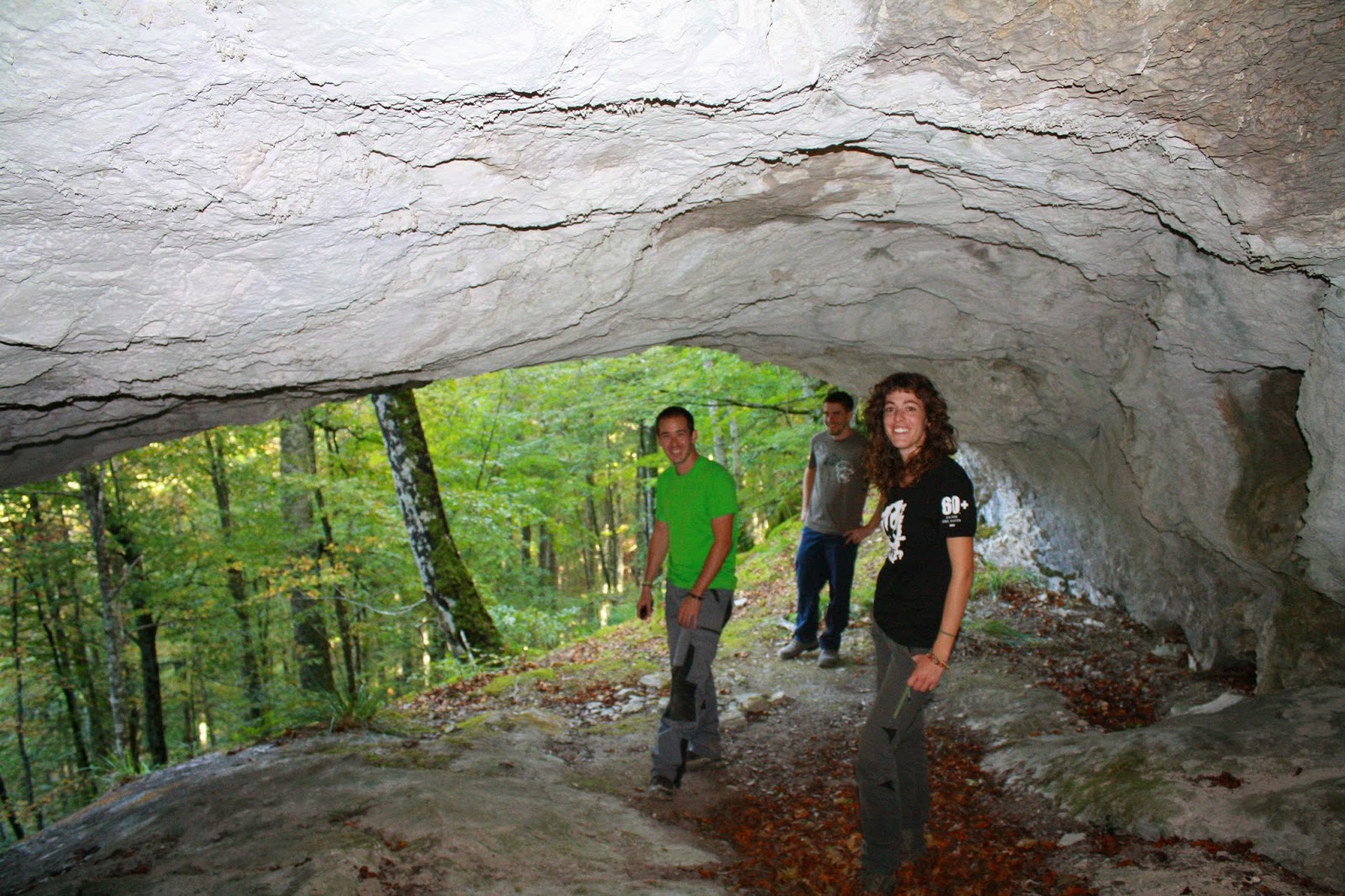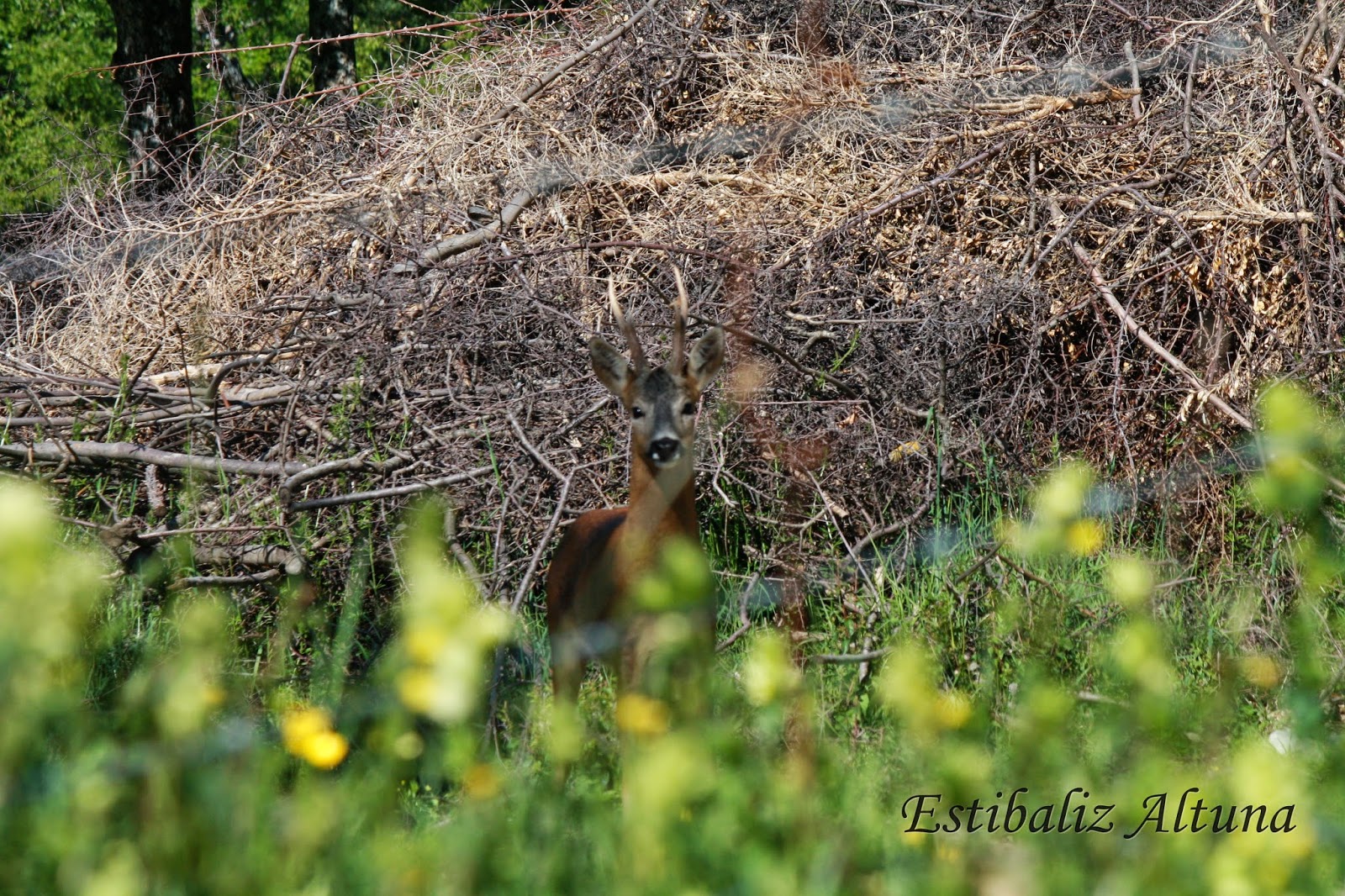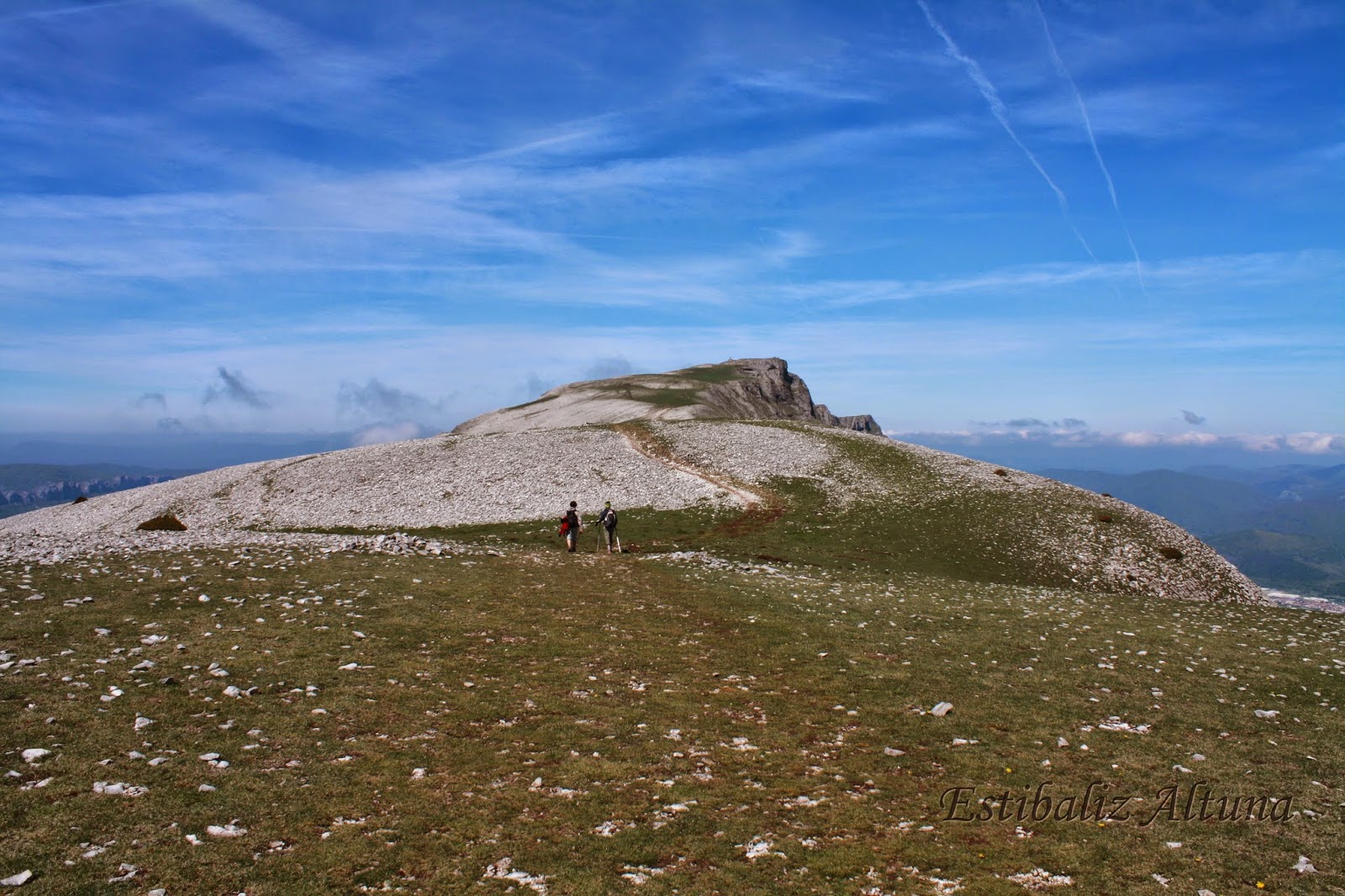Este post no es habitual, esta vez no es sobre una excursión nuestra. Esta vez es sobre una excursión que hicieron 16 compañeros activistas de Greenpeace y un fotógrafo independiente a la central nuclear de Cofrentes el 15 de Febrero de 2011. No creáis que esta gente son super héroes, ni que están altamente preparadas, son personas normales, como tu o yo que deciden dar un paso más allá para defender nuestro medio ambiente.
This is not a normal post, this time it is not about one of our excursions. This time is about the excursion made by 16 Greenpeace activists and an independent photographer to Cofrentes nuclear power plant on February 15th 2011. Do not think that this people are super heroes, they are not highly prepared neither, they are normal people just like you and me that decided to do something to defense our environment.
Así que decidieron entrar en esta central, una de las más viejas y peligrosas de Europa, para protestar de forma pacifica en contra de la energía nuclear y los peligros que conlleva. Con este resultado:
So they decided to get on this nuclear power plant, one of the oldest and more dangerous in Europe, to protest against the nuclear energy and its associated dangers. With this results:
Como consecuencia de la nueva ley antiprotesta del gobierno, estas personas se enfrentan ahora a 2 años y 8 meses de cárcel y multas de 360.000 euros. Sin haber hecho daño a nadie, sin haber causado ningún peligro a la central ni a sus trabajadores, se les trata peor que a muchos delincuentes. Eso no es justicia. El artículo 45 de la constitución española dice que el medio ambiente es un derecho y que todos, políticos incluidos claro, tenemos el deber de protegerlo.
As a consequence of the new anti-protest law passed by the gobernment, these people face 2 years and 8 months of prison and a 360.000 euros fine. They did not harm anyone, they did not endangered the nuclear plant nor its workers, they are treated worst than many thieves. That is not justice. 45 article of the Spanish constitution says that environment its a right and everyone, politicians included, have to protect it as a duty.
Y ya para acabar, mirad esas caras y decidme si parecen tan malos como para pasar casi 3 años en la cárcel por defender los intereses de todos nosotros...
And now to finish, take a look on those faces and tell me if they look so bad to stay imprisoned for nearly 3 years defending the interest of all of us...






















































